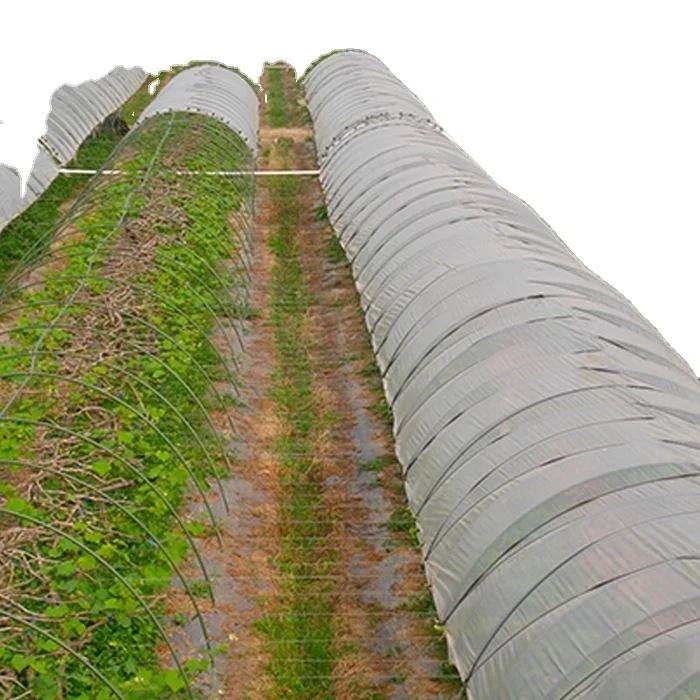
Non-woven Industry Development It is lighter than plastic cloth and permits better ventilation. It is frequently employed in medical and sanitary items like sanitary napkins, facial towels, and filters, etc. It was later used in engineering. Non-woven fabric is used in the production of vegetable products to avoid damaging the cold. Although the manufacturing process of non-woven fabric differs from that of plastic film the basic raw materials are nearly identical. It includes PE (polyvinylchloride), EVA(Ethylene Vinyl Acetate Copolymer) EVA/polyethylene, as well as PVA/polyvinyl ether. The standard plastic film is produced by melting the plastic then inflating it. The film is continuous. It can stretch indefinitely. The film is smooth and doesn't have pores. It is a completely impermeable substance that blocks the movement and exchange of molecules. Chemical fibers made from synthetic chemicals found in the above-mentioned sources became the most popular choice for the trade in textiles following the growth of the manufacturing industry. The chemical fibers, however, can still be made into cloth by traditional warp-weft weaving. The non-woven material is made by interconnecting fibers in the same plane, at various angles in all directions. It's impossible to use traditional warp and weave methods. It's more durable than traditional woven fabric and can be made from raw materials in a single day. It's less expensive than traditional weaving that involves spinning yarns out of fibers and then weaving. Recent years have seen an array of non-woven fabrics being used in the fashion industry. The development of production technology and improved material science have made non-woven materials more adaptable and widely used in recent years. There are many different materials and products found in everyday life. The increase in non-woven fabric usage in the field of agriculture is due to its lightness, ease-of-production diversification, cost efficiency and wide variety of applications. See this non woven weed fabric for more information.

Non-woven Materials for the Agricultural Industry. Non-woven textiles were first used in Europe for agriculture in 1978. It was done to keep the carrots cool in order to harvest early and to battle tomatoes leaf virus. In the United States non-woven fabrics are utilized for mulching cantaloupes, sweet peppers, tomatoes, root vegetables, carrots as well as radishes, cabbages, lettuce, and various other vegetables. They are used to preserve heat, for early harvesting, and insect control. Non-woven materials are able to increase soil temperatures and hold water for long periods of time, so they are also used for grass-proof mats. Short fibers are also utilized in the production of water absorbent blankets, which are sprayed on nursery beds in order that the roots are able to completely absorb any water. They can be used for the ground medium in the production of turf. They can be utilized as planting bags to guard large trees like gardens or fruit trees, and to hold in water. Non-woven fabrics are widely employed in Taiwan as crop covering. Non-woven fabrics are extensively used in large greenhouses for energy conservation as well as environmental control. Canopy curtains and double-layered curtains, and canopy curtains help to reduce heat and radiation loss in the evening. TAVIK fabrics are high-density, non-woven spun-bonded TAVIK fabric that was employed in the beginning for shading and protecting cauliflower bulbs. Because of its high shading capacity, lower thermal conductivity as well as its easy recycleability, it quickly adopted by farmers. Then, it was used for the preservation of shade and the protection of leaf vegetables, as well as the cultivation and protection of fruit trees and pineapples. The growth of non-woven industries has been slow due to Taiwan's unique climate and ecology. Taiwan's non-woven fabric makers continue to innovate non-woven technology. Their focus is on air permeability and water absorption and water repellency. It is being utilized to store and preserve agricultural products. Check out this agriculture non woven fabric manufacturer for advice.
